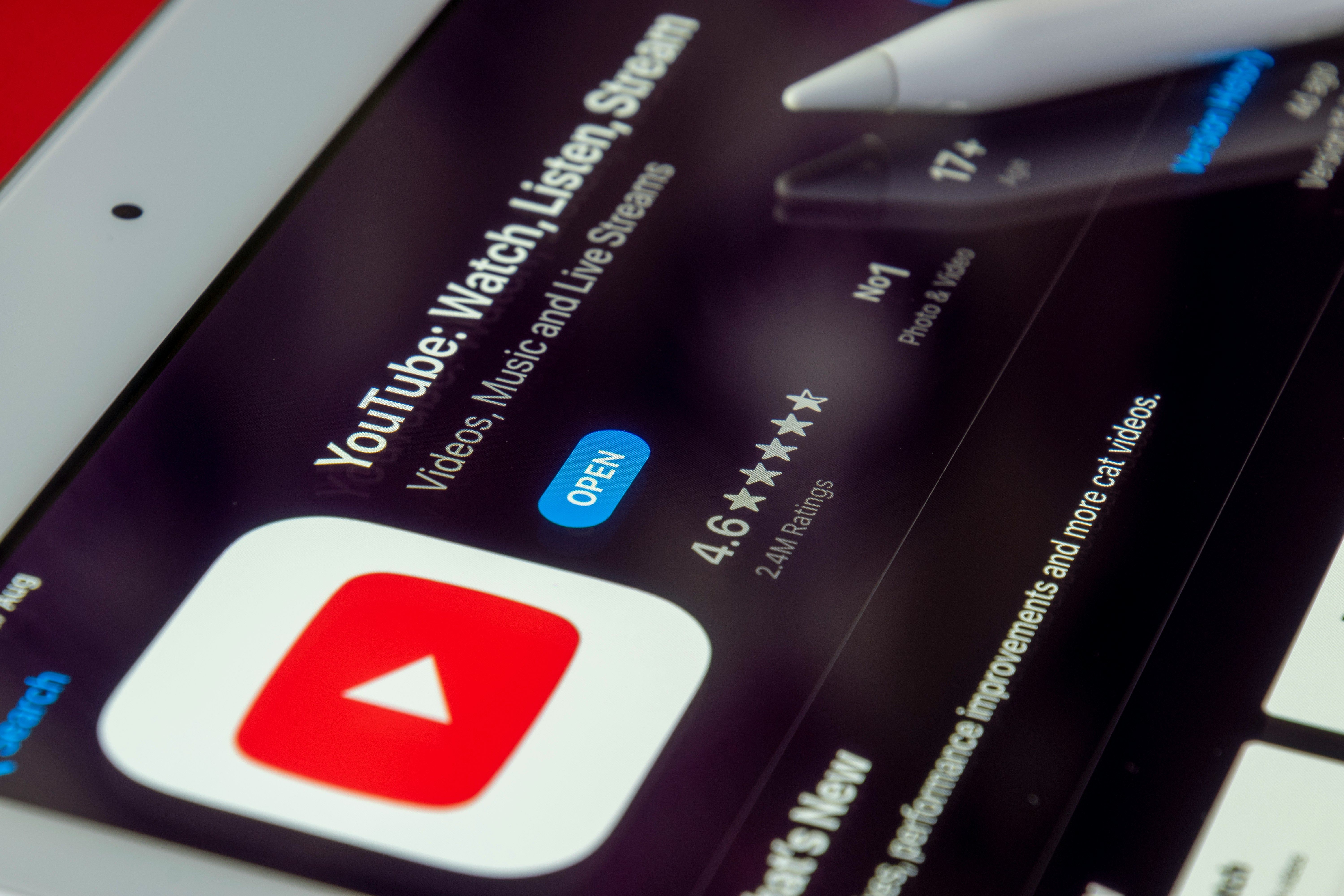TL;DR
- YouTube has removed nearly 11,000 channels tied to state propaganda.
- Channels were linked to China, Russia, and others.
- Part of a broader effort to tackle misinformation.
- Action reflects ongoing digital security measures.
In a sweeping move to combat misinformation on its platform, YouTube has recently announced the deletion of nearly 11,000 channels that were identified as being part of state-driven propaganda campaigns, primarily associated with China and Russia. This decision comes in alignment with YouTube's ongoing efforts to ensure digital security and curb misinformation.
The initiative was revealed on Monday, when Google, YouTube's parent company, detailed the extensive sweep which targeted propaganda machinery exerting influence through strategic misinformation. These channels were reportedly manipulating public opinion by disseminating content favoring specific state narratives, undermining trust in international media.
According to digital security experts, this step by YouTube highlights the growing emphasis on platform accountability and the intricate balance between freedom of speech and malicious digital campaigns. The propaganda channels were integral to broad influence operations intended to enhance geopolitical agendas.
Misinformation, especially from state-sponsored sources, poses significant challenges to both national and international communities. These operations often deploy sophisticated AI tools to replicate legitimate news outlet aesthetics, further complicating content identification and removal processes.
YouTube's move is part of a larger industry trend where major tech companies are ramping up their counteractions against digital disinformation. This aligns with recent pushbacks against the manipulation of digital spaces for political advancements.
The removal of these propaganda channels is just the latest in a series of measures by YouTube to ensure the platform remains a trustworthy source of information. As misinformation tactics evolve, continuous vigilance and proactive measures will be necessary to counteract these threats. Tech platforms, therefore, need to maintain robust systems capable of identifying and mitigating misinformation at scale to protect users and uphold integrity across digital ecosystems.
